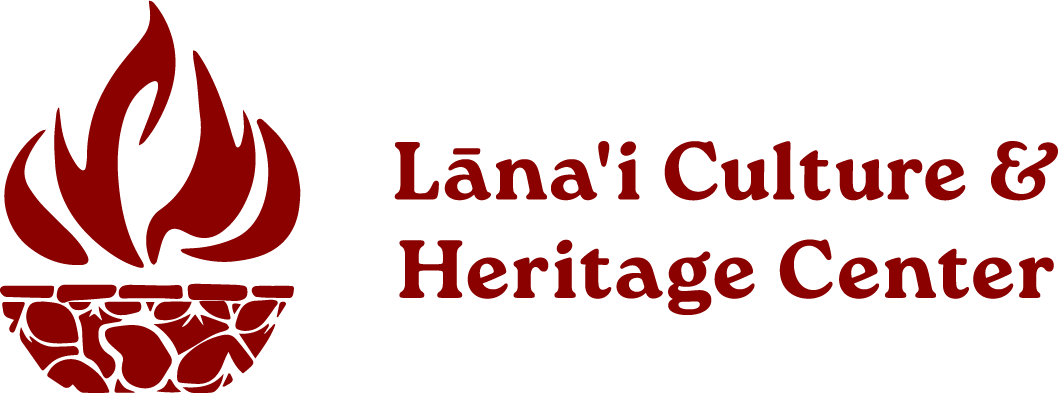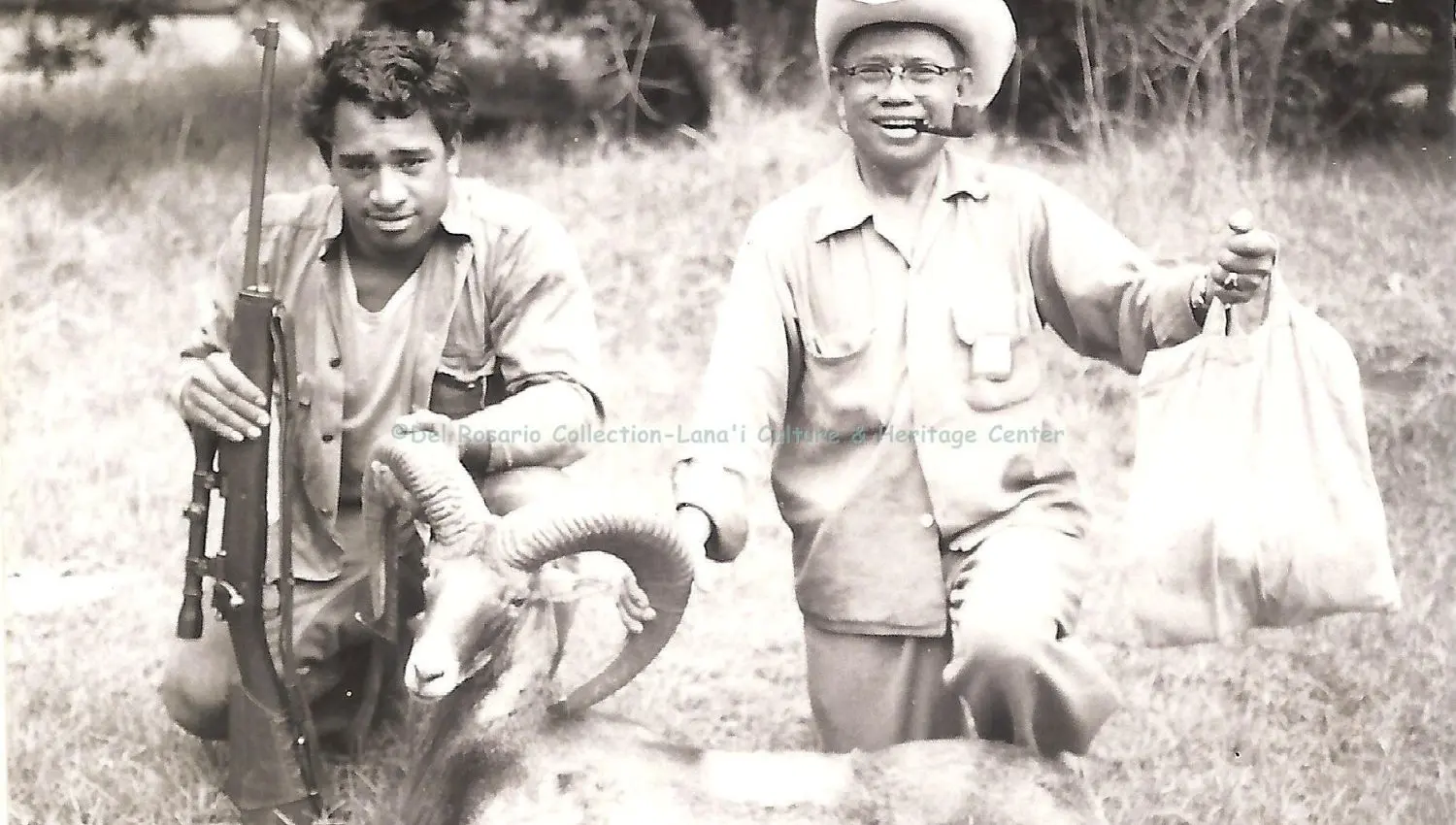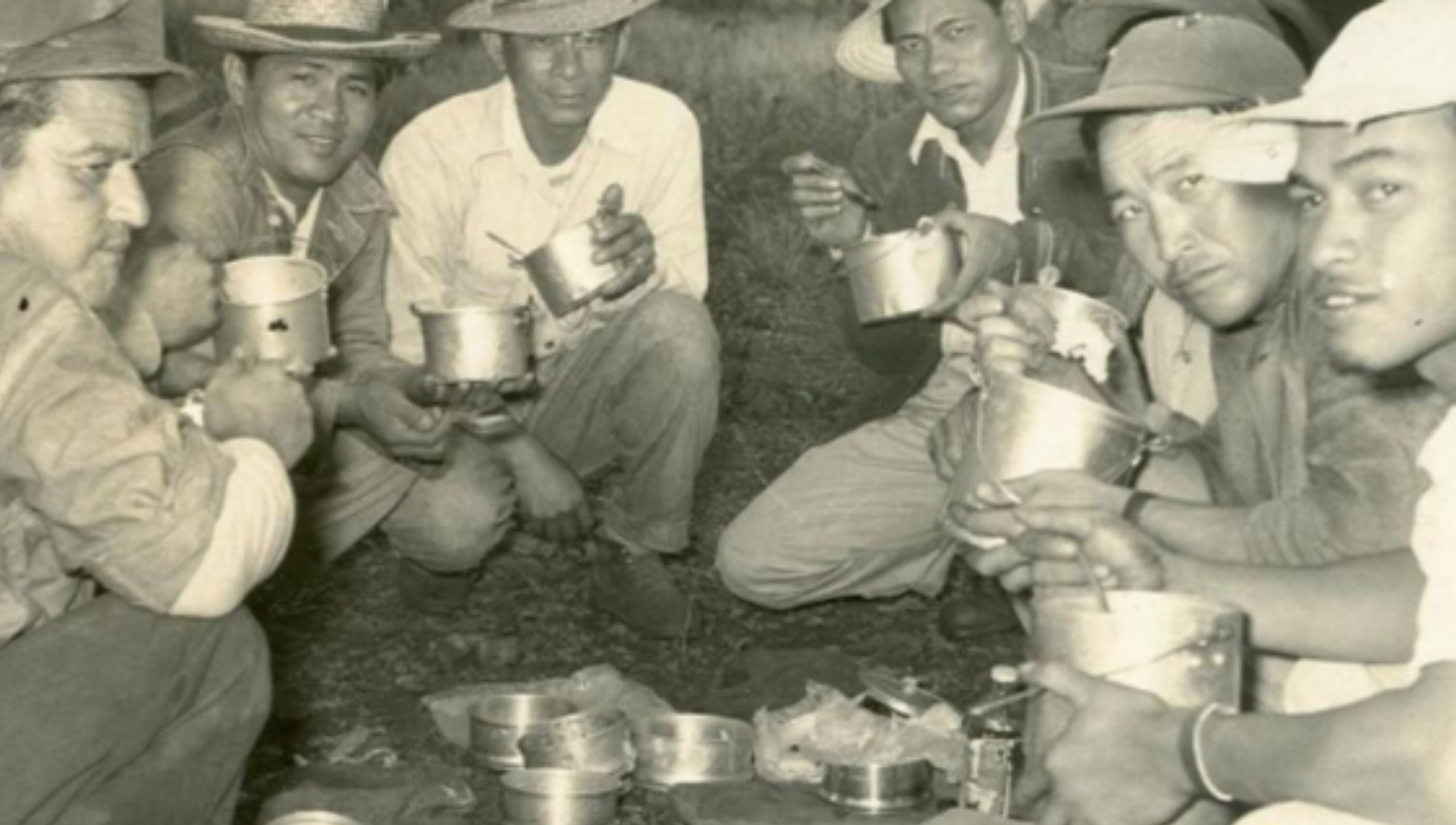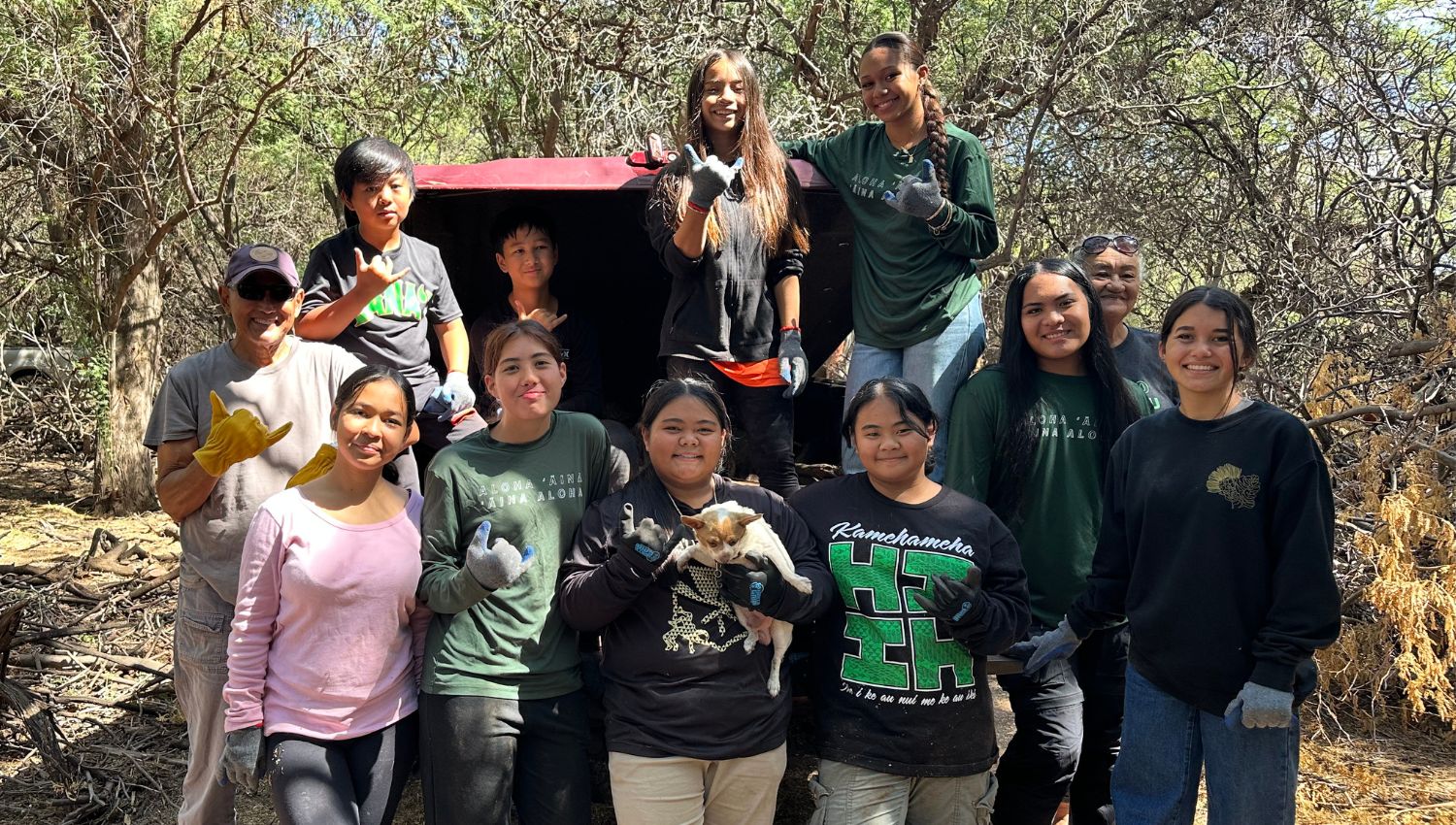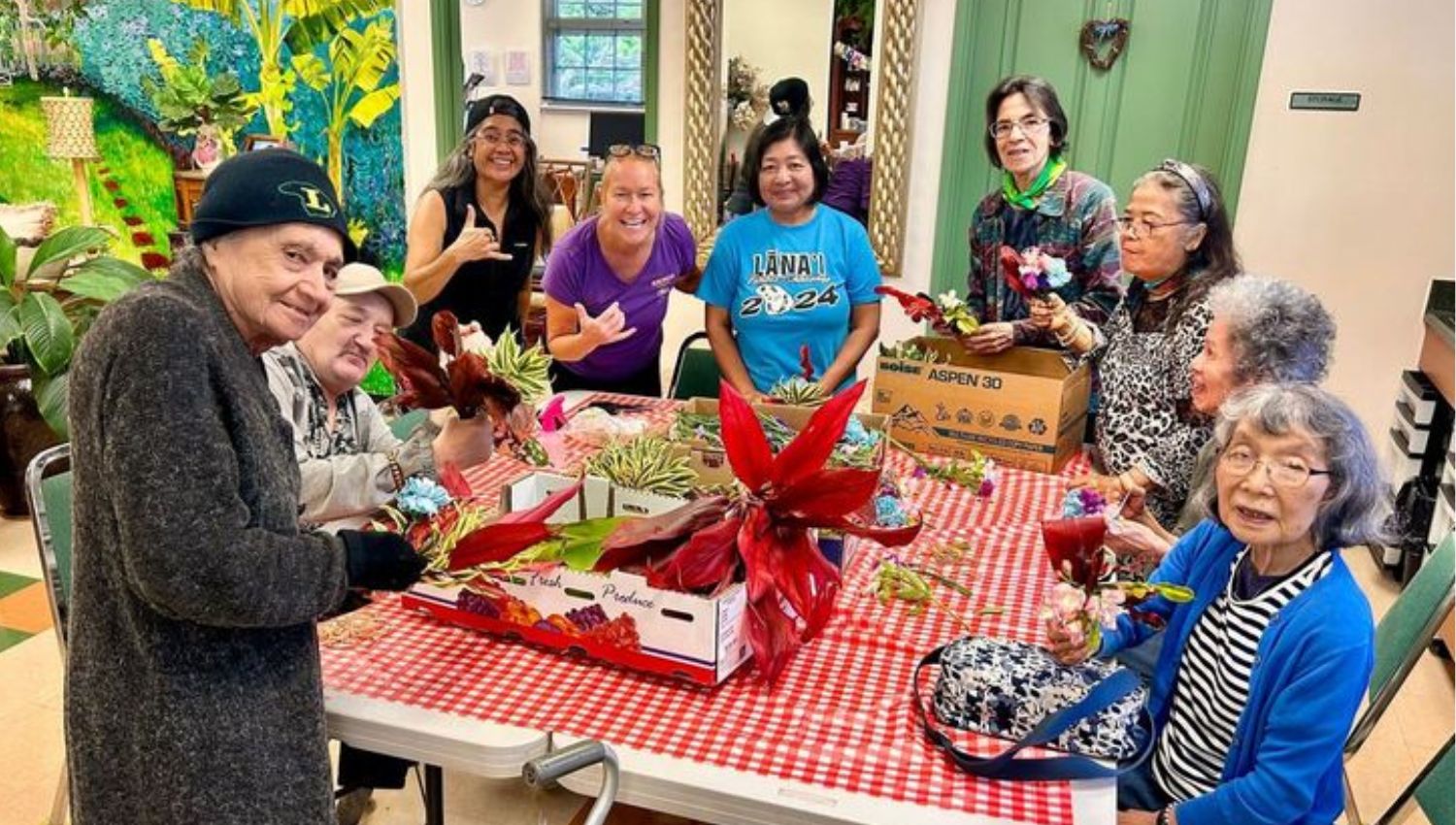Protecting Lānaʻi’s Land Through Community Action
October 2025 — If you’ve spent time on Lānaʻi, you know how special this island is — quiet, rugged and full of life. You can feel the mana of the land when the wind moves through the ʻaʻaliʻi, when the light hits the ocean just right. But beneath that beauty, something has been out of balance for a long time. Axis deer and mouflon sheep — animals not native to Hawaiʻi — have taken a heavy toll on Lānaʻi’s ecosystems. They’ve eaten away at the native plants that protect our soil and water, and their growing numbers are threatening the island’s natural and cultural health. That’s where our community steps in.
It all started back in 1867. Seven axis deer were brought from India to Molokaʻi as a gift to King Kamehameha V — a thoughtful gesture at the time, meant to add new game to the islands. No one could have imagined what would happen next. Without predators, and with Hawaiʻi’s lush landscapes to feed them, the deer population exploded. In the 1920s, deer were brought to Lānaʻi, and by the 1960s, mouflon sheep were added for sport hunting. Over time, their populations grew beyond what the land could support. Now, these animals eat nearly everything in sight, leaving some of the worst invasive plant species in Hawaiʻi the necessary room to thrive. When the rains come, the soil washes down into the sea, clouding our reefs and harming marine life. For a small island like Lānaʻi, that’s a big problem.
Through the Lānaʻi Culture & Heritage Center’s Community Stewardship Hunting Program, local hunters are taking responsibility — not just as hunters, but as caretakers of the ʻāina. Every day, up to 30 licensed Lānaʻi residents (15 per area) can hunt in designated zones on the windward side of Lānaʻi using approved firearms or bows. There are no bag limits — and that’s intentional. This is about restoring balance, protecting native plants and caring for the land that feeds us. But it’s not just about numbers. It’s about values. Every hunter who steps onto the land carries with them kuleana — a deep responsibility to do this work with respect. Hunters are encouraged to target does and ewes to more effectively control population numbers. Additionally, when residents register to participate in the stewardship program, each hunter also commits to participating at a Lānaʻi Culture & Heritage Center volunteer event that helps to protect the island’s biocultural landscape. This program is part of the Kuahiwi a Kai Lānaʻi Watershed Conservation Program, supported by Pūlama Lānaʻi and the National Fish & Wildlife Foundation, all working together to protect the health of Lānaʻi’s forests and watersheds.
As we say, mālama ʻāina, and the ʻāina will mālama you. This program is about more than hunting — it’s about connection. Connection to the land, to our ancestors, and to each other. Every deer or sheep harvested, every meal shared is part of a larger story — one of community action and cultural resilience. The Stewardship Hunting Program shows what happens when people come together with respect, humility and aloha ʻāina to care for their home. Because on Lānaʻi, we know that true stewardship isn’t just about protecting the land. It’s about belonging to it.
Registration: Monday to Friday, 5 pm to 6 pm, at the Dole Administration Building. To learn more, visit Lānaʻi Culture & Heritage Center and discover how you can be part of protecting Lānaʻi’s ʻāina — one hunt, one meal, and one act of kuleana at a time.
